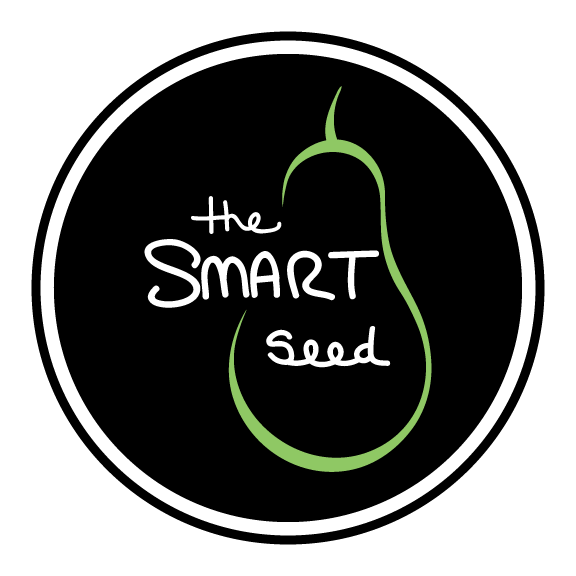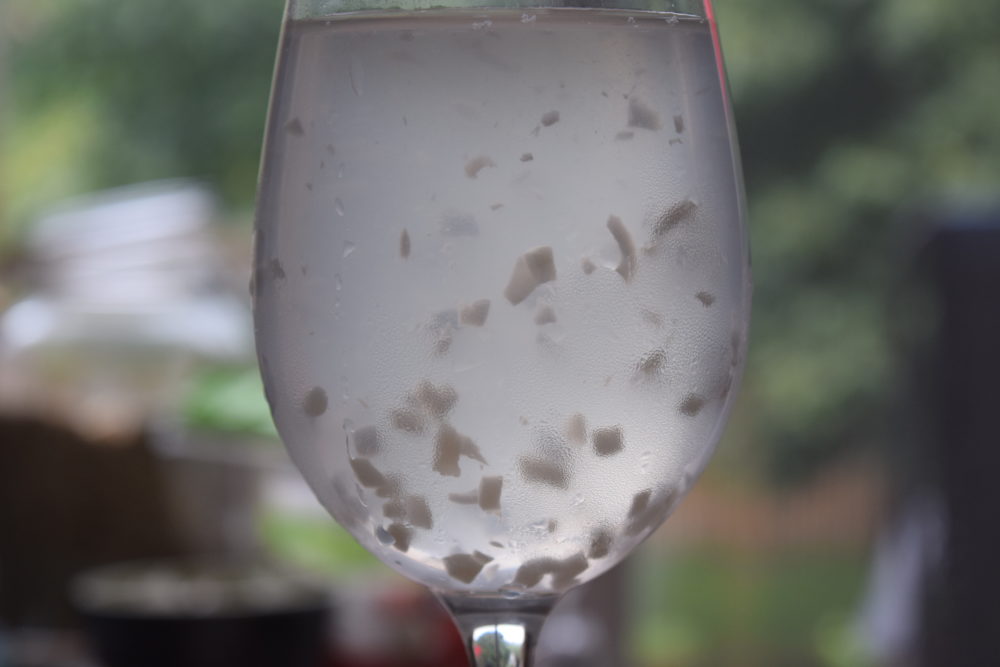Podcast: Play in new window | Download (Duration: 12:20 — 9.2MB) | Embed
Subscribe: Apple Podcasts | Android | Email | Stitcher | RSS | More
Coconut farmers don’t make a lot of money. In fact on average they make so little that I really should stop complaining about how much I make. Approximately 60% of small-scale coconut farmers live in poverty. They make anywhere between $70 to $7000 per year. Let’s say that again. They make anywhere between $70 to $7000 per year. Poverty cannot be easily explained and definitely not easily solved, but to be sure the system that coconut farmers find themselves in takes advantage of that poverty. In order to better understand poverty’s reign we must take a closer look at the conditions that support its existence.
The Philippines is the second largest producer of coconuts in the world, accounting for 26% of the world’s production. Indonesia is number one. Most coconut farmers in the Philippines do not own their own land. They are tenant farmers, and their landlords tend to be teachers, managers, military officers, and other professionals, and for the most part these landlords are absent. The fact that most coconut farmers do not own their own land already places them at a disadvantage. First, most farmers are under agreement with their landlords to share in the profit. These types of agreements can vary from reasonable to outright exploitative. Second, because the farmers don’t own their own land that means that they have little to no assets or equity. Therefore, unlike most farmers in Canada, Filipino Coconut Farmers cannot use typical financial mechanisms, for instance, lines of credit, to reinvest in their farms and improve their profitability. Third, their reality limits their power in decision making and negotiations. Coconut Farmers usually have no say in investments in their industry or national programmes.
The plight of these farmers really came to light after Typhon Haiyan damaged or destroyed more than 33 million coconut trees in the Philippines in 2013. Coconut farmers were stuck in limbo as there was no communication or agreement with the landlords concerning who would cover the costs of the clean-up. They did not have the necessary equipment to clean up the damage themselves if they wanted to, and they were without any source of income or food. Quickly following the typhon international agencies urged the Filipino government to make wide-sweeping reforms in order to improve the situation, and one of these reforms had to do with a decades long battle between the government and the coconut farmers, and it also highlights probably the main reason poverty can be so entrenched. And that reason is corruption.
In 1971, the Filipino government enacted a law to establish the Coconut Investment Fund. A fund that was created to invest in the development of the coconut industry. Guess where they were going to get the money for this fund? Well, they were going to tax the coconut farmers. Not surprisingly at all, the money that was taken from the coconut farmers over a decade did not go into building up the industry, instead the President and his friends personally profited when they used the fund to buy a bank and other corporations in which the President and his friends held a majority stake. The issue is still ongoing today, with the farmers fighting for a share in the investments that was made with their money. There is currently $1.3 billion in the coconut levy fund.
The impoverished reality of coconut farmers cannot be more starkly contrasted to the seemingly overwhelming success of today’s coconut industry. There is not just coconut oil, but there is cold-pressed, raw coconut oil. There is coconut flour, coconut meat, coconut chips, coconut ice cream, coconut creamer, coconut milk, coconut hand wash, coconut shampoo, oh and let’s not forget…coconut water. There are so many coconut products out there that at one time I opened up my fridge, turned to my husband and said, “I think we are slowly turning into coconuts.” As well, these coconut products are not cheap. So, there is obviously money being made, but if not the farmers than who is making the money. Unfortunately, due to decades of corruption, an archaic land ownership system, and remote geography the farmers have little power and are at the whim of the middleman, and it’s the middleman and the corporations near the end of the coconut food and beverage chain that are rolling in the dough. The middlemen purchase coconuts from coconut farmers for approximately 10 to 20 cents per coconut. So, in one year a coconut farmer can expect to make about $17.00 per coconut tree. The middleman then raises the price by 50% and sells the coconuts to factories for processing. It’s in the processing where what the industry calls “value added” products are made. Value added basically means you are creating value out of something that previously had no value or little value and coconut water is the ultimate value added product. You see, just because you buy coconut water does not mean that demand for coconuts rise and the prices of whole coconuts go up. The reason we in North America and Europe can even drink coconut water today is because of advancements in technology which preserved coconut water for storage and shipping. Prior to these advancements coconut water was just thrown out. So, basically because these companies created value out of nothing all profits from coconut water goes to the beverage and food corporations and none goes to the farmers. Then you wonder, well at the very least who are these corporations? Well, the top three coconut water brands are Vita Coco, Zico, and O.N.E Coconut water. Vita Coco is owned by Dr. Pepper Snapple Group, Zico is owned by Coca-Cola, and O.N.E is owned by Pepsi Cola.
Wrapped up in this messy chain of food, poverty, corruption, and multi-national corporations is you. Why did I buy that expensive coconut water in the first place? Well, because I was told it was good for me. In fact, coconut water contains 97% water and only 3% nutrients. Sure, it’s good for me, but I could also just drink some water and eat a banana. Coconut water is health marketing at its finest, and we get so carried away with being healthy, that when it comes to buying products we forget about the all too important Fair Trade label. You know that little label that tells us that the farmers are getting an okay deal, yeah that one. So, the next time you browse the long line of coconut products keep your cynicism in good working order and don’t let the pristine labels and nice sounding words trump a simple label that tells you that what you are getting is a fair deal.

